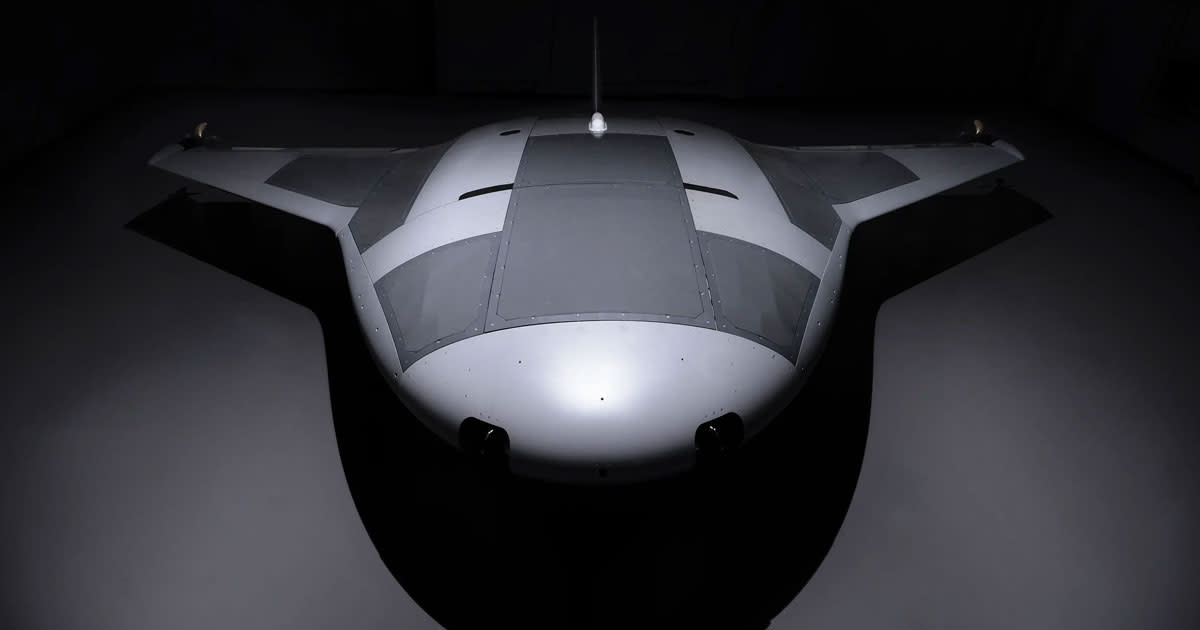Northrop Grumman Shows Off Terrifying Military Drone Submarine

Manta Death Ray
Defense contractor and international arms dealer Northrop Grumman has released a photo of a sleek underground drone called the Manta Ray, which closely resembles its oceanic namesake.
The "full-size uncrewed underwater vehicle" (UUV) prototype, which was developed under a 2020 contract by the Defense Advanced Research Projects Agency (DARPA), appears to be a sleek and low-profile underwater glider.
The inscrutable craft can maneuver into enemy territory autonomously, the company says, and even anchor itself to the sea bed to hibernate, allowing it to jump back into action when needed.
Is it a death machine, designed to blow up adversary submarines or other oceanic targets — or is it meant to be equipped with sensors for reconnaissance missions in the deep? Or, perhaps, both?
Underwater Threat
Both Northrop Grumman and DARPA remain suspiciously vague about the exact purpose of the Manta Ray platform. That's not shocking; the military-industrial complex is no stranger to almost comically jargony and circuitous language.
Northrop Grumman claims that the "extra-large glider" is designed to assist during "long-duration, long-range and payload-capable undersea missions without need for on-site human logistics."
That description leaves plenty of interpretations still on the table, from ocean temperature probes to missile launchers.
DARPA, meanwhile, wants to "give the combatant commander an amplification of capacity without disrupting current operations by remaining independent of manned vessels and ports once deployed," according to a description on its website.
Emphasis on combatant commander.
"Manta Ray will provide payload capability from the sea, making it a critical component of subsea warfare and the DoD’s Joint All Domain Command and Control vision," said Northrop VP of strategy and mission solutions Alan Lytle in a 2022 statement.
Per DARPA's website, the agency is also looking to have the Manta Ray available for "underwater detection and classification of hazards or counter detection threats." In other words, it could presumably be set up with things like radio jammers to take out adversary detection systems.
But what about actual weapon payloads?
According to the National Interest, some have speculated that Manta Ray could be used for "undersea mapping, mine detection, and passive surveillance," similar to the US Navy's Orca extra-large UUV being developed by Boeing.
And we still don't know when, or if, the military will ever deploy a Manta Ray UUV. Even when it does, its exact purpose likely won't come to light any time soon, given the sensitivity of the matter.
More on submarines: The Missing Titanic Submarine Seems Extremely Janky


